Blog
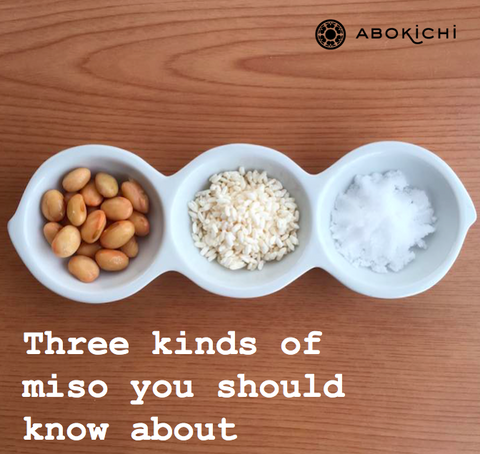
Do you know what Miso is?
Since the Japanese food was registered to the UNESCO Intangible Cultural Heritage of 2013, miso soup has been getting popular in the world. Miso soup is usually served with rice in Japan and that is Japanese culture. And recently miso has become popular as “MISOSOUP” even outside of Japan too.
Miso soup is a Japanese traditional soup which is consisting of a stock called "DASHI" into which softened miso paste is mixed. Typically tofu and wakame (one kind of seaweeds) are put in miso soup as solid ingredients, but many other kinds of food can be good solid ingredients in miso soup, such as seasonal vegetables and mushrooms, meat, fish and shellfish, root vegetables and leaf objects. Also there are countless combinations of such foods that can be matched in miso soup.
Today I'd like to talk about miso which is essential for miso soup.
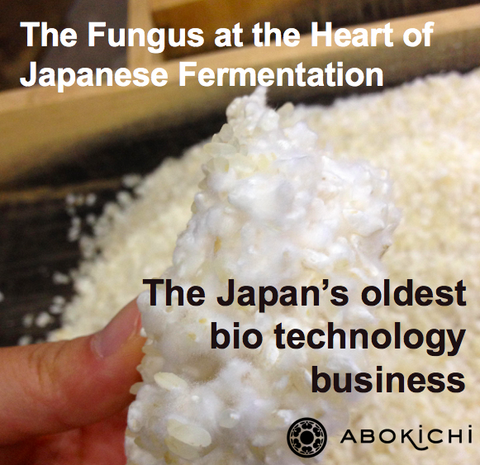
Miso paste, soy sauce, mirin, vinegar, and sake are fundamental ingredients in any Japanese pantry, lending rich flavours to most of the dishes that Japan is so well known for; sushi, teriyaki, miso soup, and more. Amazingly, the production of these important ingredients relies on one vital, microscopic organism; koji-kin, otherwise known as Aspergillus Oryzae.
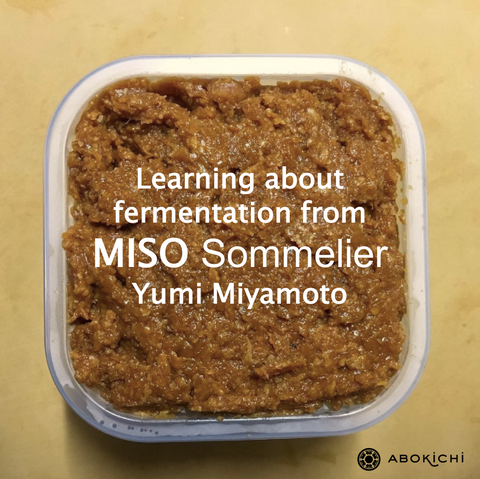
One of the main ingredients of OKAZU is miso paste, so we were really fortunate to meet Yumi Miyamoto, a miso sommelier from Japan. Yumi shared her knowledge about miso, and Japanese fermentation processes in general, and we are glad to pass along these interesting tidbits with you. Over the next few weeks we will be releasing a series of articles to jump start your miso education. Read on for the first article in the series, Fermentation Basics.
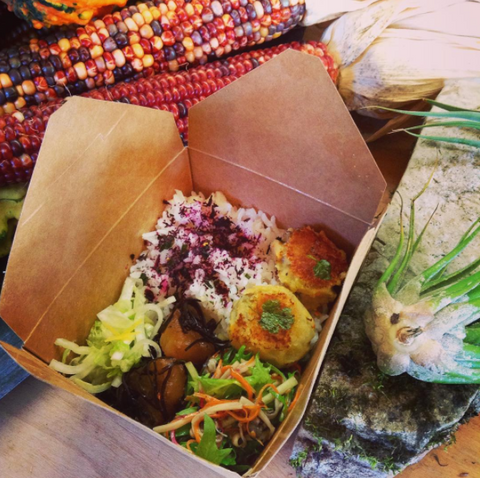
There are many options for eating, paleo, gluten-free, vegan and so on….. Have you ever heard of Macrobiotic?
It is not only a way of eating, but also a philosophy of life based on Japanese tradition.
Today we will feature a professional macrobiotic chef, Yayoi, who is visiting Toronto, and will share the world of Macrobiotic food and lifestyle.
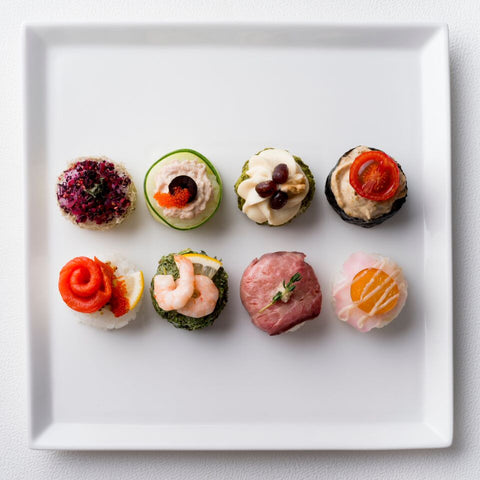
The Onigiri Society is preparing to open their first onigiri shop on September 30th 2016. The shop specializing in onigiri, Japanese rice balls, is called Gyu!, and will be located on the 2nd floor of the well known Tokyo shopping destination, Laforet Department Store in the trending district of Harajuku, famous for fashion and pop culture.
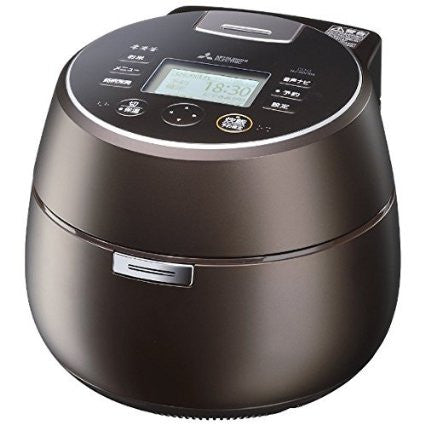
There are two main heating methods for rice cookers, with two pricing tiers.
Electrothermal Heating (“Maicom”) Rice Cooker (economical option)
In Japan, it’s known as a maicom rice cooker, short for micro-computer. The maicom rice cooker has an electric heater in the bottom of the pot, and the heat isn’t distributed well. Compared to an IH rice cooker, the heat is weaker and it often used for small size rice cooker for singles. Larger machines, like 5.5 cups and up, are being produced less.

